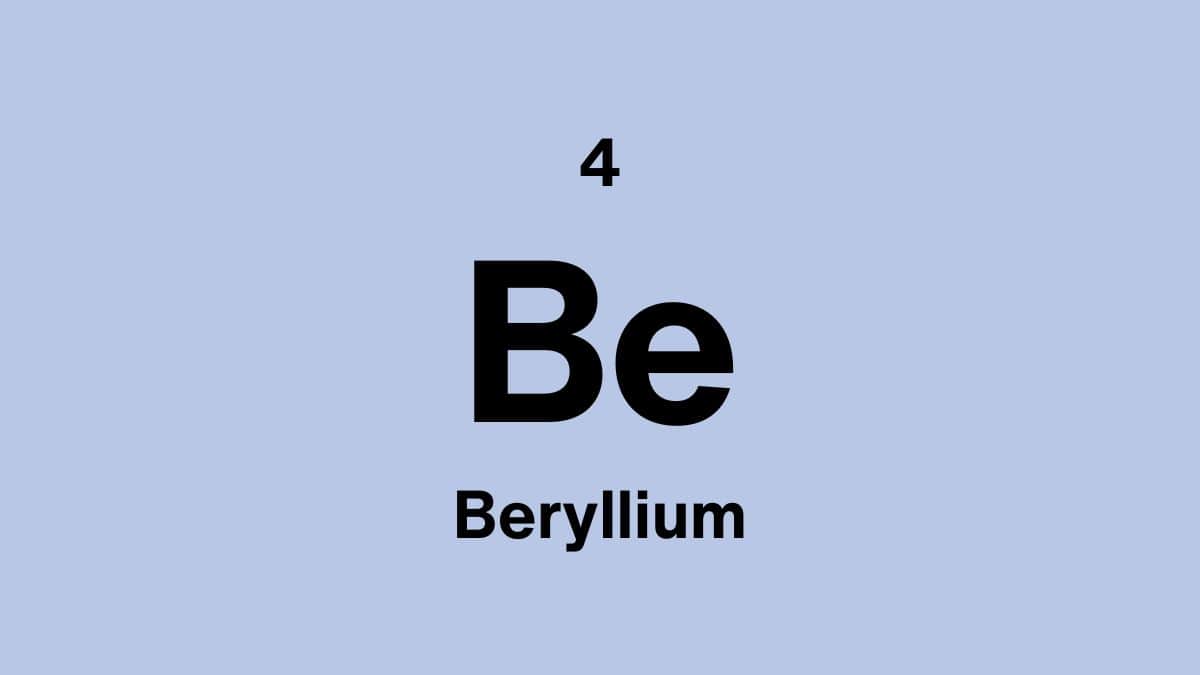Why is silicon so important for everyday life? And what are its uses?
Silicon is the second most abundant element on earth and one of the most useful for human use as well. You’ve probably encountered silicon in your everyday life, but there are more uses to silicon than you might have known.
Properties of the silicon
| Atomic Number: | 14 |
| Atomic Symbol: | Si |
| Atomic Weight (amu): | 28.086 |
| Electronegativity: | 1.90 |
| Melting point: | 1414.00°C | 2577.20°F | 1687.15K |
| Boiling point: | 3265.00°C | 5909.00°F | 3538.15K |
What does pure silicon look like?
Pure silicon is a hard, dark grey solid with a metallic feel to it. It has an octahedral crystalline structure the same as that of a diamond, which is why it shares many chemical and physical similarities.
Silicon sand and its uses
The most common form of silicon sand is silicon dioxide (SiO2), also known as silica, quartz sand, white sand or industrial sand. Silicon sand is a non-reactive and relatively hard material.
Silicon sand is used in countless applications, including sports fields, abrasives, filtration, glass making, paints, and construction materials.
What is pure silicon used for?
Silicon is one of the most useful elements to mankind.
Pure silicon is used in the manufacture of semiconductor chips for electronics, but the most common use for silicon is not in its pure form.
Silicon is often used to make alloys including aluminum-silicon and ferrosilicon (iron-silicon). These are used to make dynamo and transformer plates, engine blocks, cylinder heads and machine tools and to deoxidise steel.
What are the main compounds with silicon
The most common silicon compound is silicon dioxide which is discussed extensively above.
Silicon is used to make silicones, which are silicon-oxygen polymers with methyl groups attached. Silicones can be in the form of oils and rubbers.
Granite and most other rocks are complex silicates, and these are used for civil engineering projects.
Silicon carbides are important abrasives and are also used in lasers.
What is the biological role of silicon?
Silicon is essential in plant life, but it hasn’t been completely determined what the use of silicon in animal life is.
Where can silicon be found?
Silicon makes up 27.7% of the earth’s crust by mass and is the second most abundant element on earth.
It does not occur uncombined but can be found in its oxide form as silicon sand and silicates.
Pure silicon is produced commercially by reducing sand with carbon in an electric furnace. High-purity silicon, for the electronics industry, is prepared by the thermal decomposition of ultra-pure trichlorosilane, followed by recrystallisation.
Is silicon expensive?
Regular grade silicon (99% purity) costs about $0.50/g, but due to the high energy consumption in the [urification process the higher the purity, the more expensive the product.
Will we ever run out of silicon?
There doesn’t seem to be a risk of running out of silicon since it is the second most abundant element on the planet, but recently the world has been experiencing supply chain problems that caused the availability of silicon oxide to be limited in certain regions.
Can silicon be recycled
Yes, silicone can be recycled multiple times, like plastics. Unfortunately, like plastic, recycling silicone slowly degrades the product with each recycling process.
Who discovered the silicon element?
In 1824, Swedish chemist, Jöns Jacob Berzelius, obtained pure silicon by heating potassium fluorosilicate with potassium. The product was contaminated with potassium silicide, but he removed it by stirring it with water and obtained relatively pure silicon powder.
Is silicon dangerous
Silicon is non-toxic but some silicates, such as asbestos, are carcinogenic. These compounds of silicon can be dangerous to your health when inhaled over the long term.
Silicon as a supplement
Disclaimer: Never make changes to your diet according to what you read on a blog. Speak to a medical professional first.
Some use silicon supplements to treat osteoporosis, heart disease, Alzheimer's disease, and hair loss. There is however no data on the efficiency of silicon as a supplement or the possible side effects it may cause.
Fun facts about silicon
- Silicon was originally named “silicium,” and was changed in the early 1800s to “silicon,” making it more parallel with carbon and boron.
- Silicon and silicone have very opposite chemical and physical properties.
- Pure silicon only conducts electricity under certain circumstances, which makes it ideal for use in electronic devices.
- The first commercial silicon transistor was announced in 1954.
Funny silicon Jokes, Puns and One-Liners
What do you call a funny criminal? A silicon.
We compiled a list of the Top 50 Chemistry Jokes and Puns of all time!


